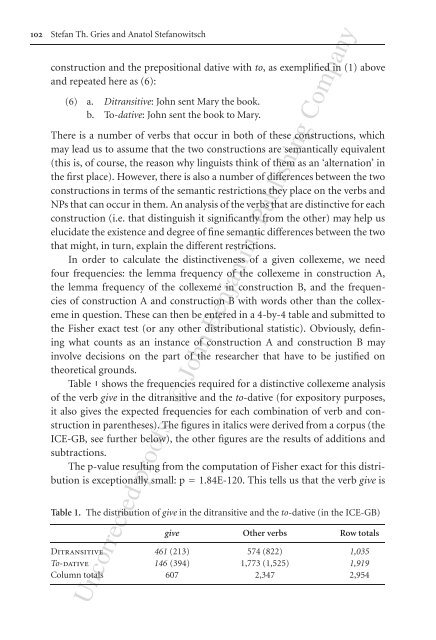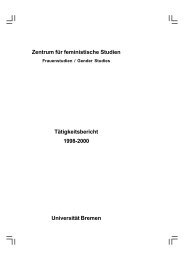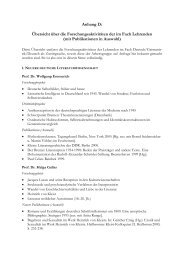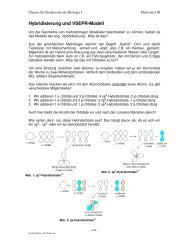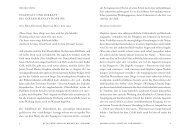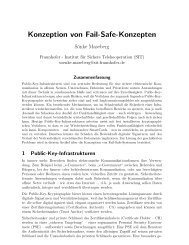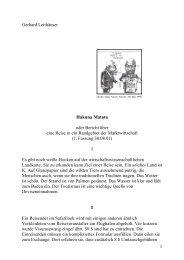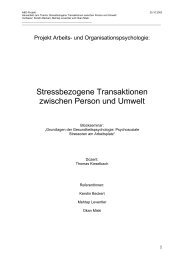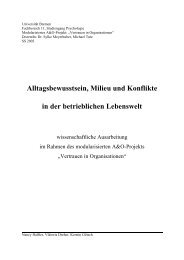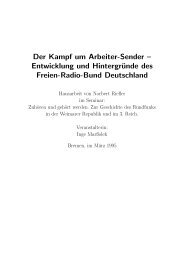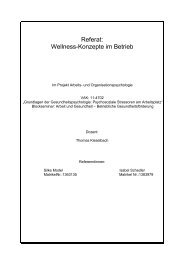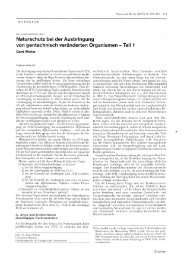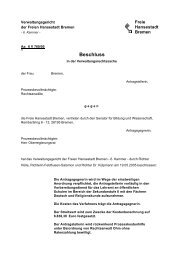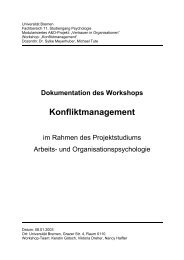Extending collostructional analysis - www-user
Extending collostructional analysis - www-user
Extending collostructional analysis - www-user
Create successful ePaper yourself
Turn your PDF publications into a flip-book with our unique Google optimized e-Paper software.
102 Stefan Th. Gries and Anatol Stefanowitsch<br />
construction and the prepositional dative with to, as exemplified in (1) above<br />
and repeated here as (6):<br />
(6) a. Ditransitive: John sent Mary the book.<br />
b. To-dative: John sent the book to Mary.<br />
There is a number of verbs that occur in both of these constructions, which<br />
may lead us to assume that the two constructions are semantically equivalent<br />
(this is, of course, the reason why linguists think of them as an ‘alternation’ in<br />
the first place). However, there is also a number of differences between the two<br />
constructions in terms of the semantic restrictions they place on the verbs and<br />
NPs that can occur in them. An <strong>analysis</strong> of the verbs that are distinctive for each<br />
construction (i.e. that distinguish it significantly from the other) may help us<br />
elucidate the existence and degree of fine semantic differences between the two<br />
that might, in turn, explain the different restrictions.<br />
In order to calculate the distinctiveness of a given collexeme, we need<br />
four frequencies: the lemma frequency of the collexeme in construction A,<br />
the lemma frequency of the collexeme in construction B, and the frequencies<br />
of construction A and construction B with words other than the collexeme<br />
in question. These can then be entered in a 4-by-4 table and submitted to<br />
the Fisher exact test (or any other distributional statistic). Obviously, defining<br />
what counts as an instance of construction A and construction B may<br />
involve decisions on the part of the researcher that have to be justified on<br />
theoretical grounds.<br />
Table 1 shows the frequencies required for a distinctive collexeme <strong>analysis</strong><br />
of the verb give in the ditransitive and the to-dative (for expository purposes,<br />
it also gives the expected frequencies for each combination of verb and construction<br />
in parentheses). The figures in italics were derived from a corpus (the<br />
ICE-GB, see further below), the other figures are the results of additions and<br />
subtractions.<br />
The p-value resulting from the computation of Fisher exact for this distribution<br />
is exceptionally small: p = 1.84E-120. This tells us that the verb give is<br />
Table 1. The distribution of give in the ditransitive and the to-dative (in the ICE-GB)<br />
give Other verbs Row totals<br />
Ditransitive 461 (213) 574 (822) 1,035<br />
To-dative 146 (394) 1,773 (1,525) 1,919<br />
Column totals 607 2,347 2,954<br />
Uncorrected proofs - © John Benjamins Publishing Company


